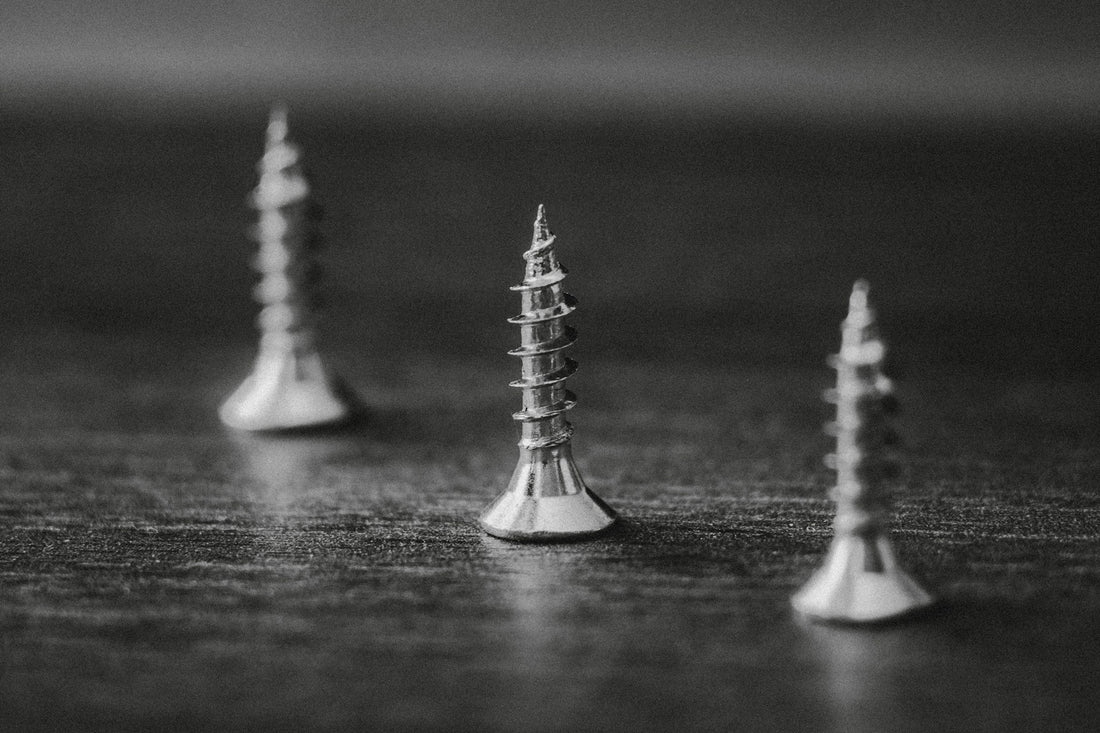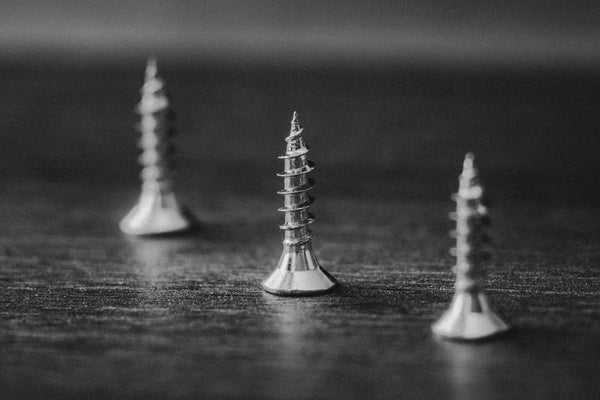
A Comprehensive Guide to 304 and 316 grade Stainless Steel Screws
Share

What Are Stainless Steel Screws? An Initial Look
Stainless steel is a unique alloy made up of many different elements. The addition of chromium gives stainless steel its unique property of being resistant to rust and corrosion, while nitrogen acts as a stiffening agent. There are several grades of stainless steel, but two of the more commonly used are 304 and 316. This guide aims to help you understand the differences between 304 grade stainless steel wood screws and 316 grade stainless Steel Screws, their properties, applications, and benefits.
Importance Of Choosing The Right Type Of Screw
When it comes to choosing the right type of screw for your project, there are various factors to consider such as material strength, durability, and corrosion resistance. Both 304 and 316 stainless steel screws offer excellent mechanical properties, making them ideal choices for many industrial and construction projects. However, they differ in terms of composition, performance, and cost. Understanding these differences can save time and money while ensuring the longevity and success of any given project.
What you’ll Discover
In this article, we'll take a closer look at both 304 and 316 stainless steel screws, exploring their compositions, characteristics, typical use cases, and other important features. By the end, readers should have a clearer understanding of which type of screw best suits their needs based on specific application requirements.
Delving Deep Into The World Of Stainless Steel Screws
Key Properties And Characteristics Of Each Variant
Both 304 and 316 belong to the Austenitic family of stainless steels due to their high nickel and chromium content. They share similarities, with both being highly corrosion resistant, ductile, and formable. Nevertheless, there exist distinct variations between the chemical composition of these two materials, as shown in the table below:
|
Contains |
304 Grade Stainless Steel |
316 Grade Stainless Steel |
|
Carbon |
0.08% max | 0.08% max |
|
Manganese |
2.00% max | 2.00% max |
|
Phosphorus |
0.045% max | 0.045% max |
|
Sulphur |
0.03% max | 0.03% max |
|
Silicon |
1.00% max | 1.00% max |
|
Chromium |
18.00% - 20.00% | 16.00% - 18.00% |
|
Nickel |
8.00% - 10.50% | 10.00% - 14.00% |
|
Molybdenum |
None | 2.00% - 3.00% |
These slight variances lead to significant distinctions in overall behavior. For example, molybdenum enhances pitting resistance against chlorides, thus improving the ability of 316 to resist atmospheric corrosion compared to 304.

Ideal Usage Scenarios Based On Application Needs
The primary distinction between 304 and 316 lies within their chemical makeup. As shown above, 316 contains molybdenum while 304 does not. This additional element boosts resistance to acids, alkalis, and especially saltwater environments, rendering 316 particularly suitable for marine or coastal settings where exposure to moisture and salinity may cause rapid degradation of metals.
On the contrary, 304 has higher concentrations of chromium, contributing to increased malleability and tensile strength. Additionally, because of lower production costs associated with omitting molybdenum, 304 tends to be less expensive than 316. Consequently, 304 finds extensive usage across numerous sectors including food processing equipment, pharmaceutical manufacturing facilities, architectural cladding systems, and home appliances.
Here are some common uses for each grade of screw:
For 304 Grade Stainless Steel Screws:
- General Purpose Construction & Engineering Projects
- Decking Fasteners
- Architectural Cladding Systems
- Fencing
- Food processing equipment such as beer brewing, milk processing and wine making.
For 316 Grade Stainless Steel Screws:
- Extremely durable fasteners for Marine Environments
- Medical Devices & Implantable Hardware
- Floating Docks
- Saunas
- Coastal Fencing & Decking
Next, we'll discuss how these varying properties impact real-world scenarios involving dock building, decking, and fencing, among others. Furthermore, we'll delve into the concept of corrosion resistance testing and explain why selecting the appropriate screw matters beyond just initial purchase price
Making The Right Choice: Selecting Between 304 Vs. 316
Relevant Considerations When Deciding
Making an informed decision about whether to choose 304 or 316 stainless steel screws ultimately boils down to evaluating the environmental conditions surrounding the intended installation location along with budget constraints. With careful consideration given towards these aspects, one can confidently select the optimal product for maximizing lifespan and functionality.
Although seemingly interchangeable due to shared attributes inherent in austenitic stainless steel, discernible dissimilarities do manifest themselves when comparing 304 versus 316. Armed with knowledge regarding the nuanced differences between these two popular variants, professionals engaged in diverse industries now possess the means necessary to make well-rounded decisions concerning the procurement and utilization of corresponding fastening hardware. Ultimately, investing time into comprehending subtle discrepancies ensures long-term value by minimizing maintenance downtime and reducing replacement frequency.